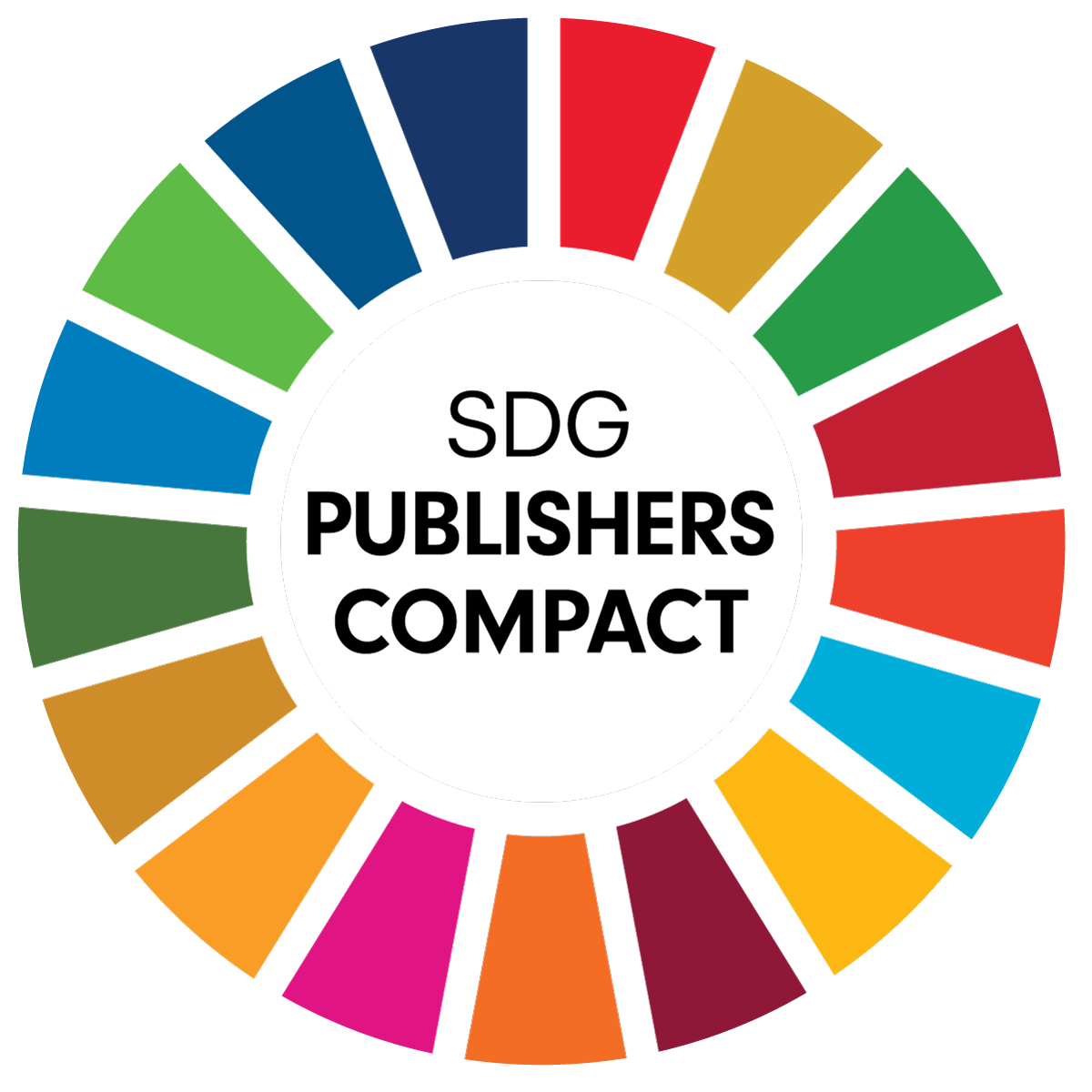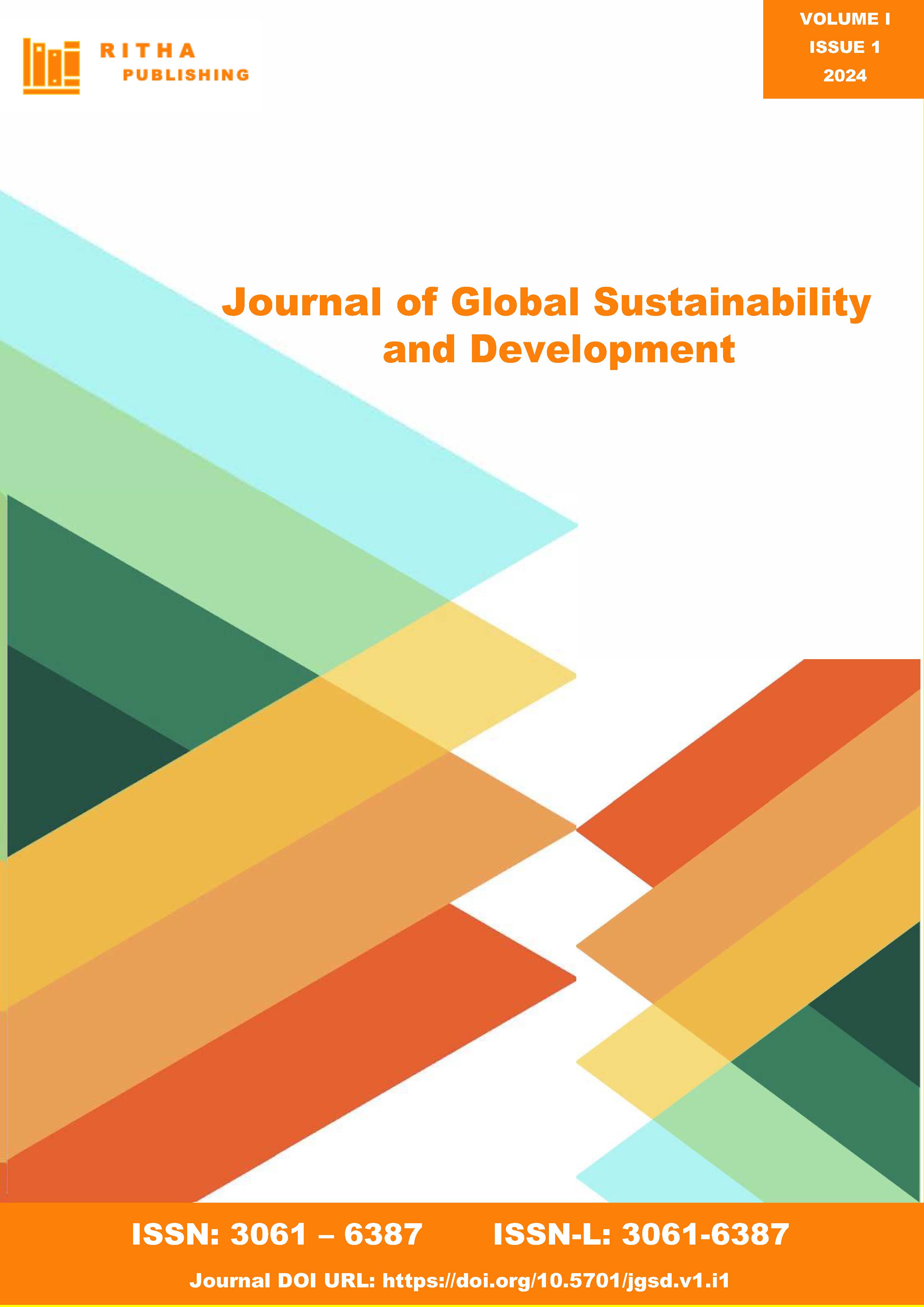Volume I, Issue 1, 2024
-
This study examines the impact of health, as measured by life expectancy (LE), on labour productivity, measured by GDP per capita (GDPC), in Morocco from 1990 to 2021. Utilizing a dynamic Autoregressive Distributed Lag (DYNARDL) model, along with the Kernel-Based Regularized Least Squares (KRLS) method, we assess the counterfactual impact of life expectancy while holding other variables constant. Our findings indicate that life expectancy has a significant and positive effect on labour productivity in both the short and long term. Specifically, a 1% increase in LE leads to a 6% increase in GDPC in the long run, while in the short run, this effect is even more pronounced, with a 1% change in LE resulting in a 14% variation in GDPC. These results highlight the critical role of health improvements in enhancing economic productivity in developing economies, aligning closely with the Sustainable Development Goals (SDGs), particularly Goal 3 - Good Health and Well-being and Goal 8 - Decent Work and Economic Growth. Additionally, DYNARDL simulations suggest that a projected 10% increase in life expectancy could initially accelerate labour productivity, although this acceleration rate diminishes over time, eventually stabilising. These findings underscore the importance of sustained health investments to achieve not only long-term economic growth in Morocco but also broader SDG targets, such as reducing inequalities and fostering sustainable, inclusive economic development.
© The Author(s) 2024. Published by RITHA Publishing under the CC-BY 4.0. license, allowing unrestricted distribution in any medium, provided the original work, author attribution, title, journal citation, and DOI are properly cited.
-
This study introduces a novel methodological approach to modelling volatility in currency bid - ask spreads, comparing classical and modern volatility models to assess currency resilience among emerging market economies and categorise them based on relative strength of the estimated parameters. Utilising historical price range data from currency bid–ask spreads, we analyse 27 currencies in the post-global recession period, excluding extraordinary events such as the global oil price plunge in 2014, outbreak of the COVID-19 pandemic and Russia – Ukraine War in 2023. Employing Thomson Reuters daily historical range data, we estimate classical return-based and modern range-based volatility models.
Our results indicate that the range-based volatility model outperforms the return-based standard volatility model in terms of significant estimated parameters and model selection criteria. By leveraging full price range information, the range-based volatility model yields more accurate results. We categorise currencies based on their performance, identifying distinct currency regimes across 27 emerging market economies. This study contributes to the literature by attempting volatility modelling for bid – ask spreads in the currency market. Our findings provide policymakers with a deeper understanding of currency price determination and adjustment, enabling countries to implement safeguard measures to protect their exchange rates from potential volatility spillovers.
© The Author(s) 2024. Published by RITHA Publishing under the CC-BY 4.0. license, allowing unrestricted distribution in any medium, provided the original work, author attribution, title, journal citation, and DOI are properly cited.
-
This study examines the link between tourism and economic growth in four African nations from 1995 to 2019, aligning its findings with the United Nations Sustainable Development Goals (SDGs), particularly SDG 8 (Decent Work and Economic Growth) and SDG 9 (Industry, Innovation, and Infrastructure). The research employs a three-step methodology. First, a likelihood-based panel cointegration method identifies long-term relationships. Second, an ARMA intervention model determines the variable that best fits the model. Third, the bootstrap panel Granger causality test, accounting for structural breaks, explores causal relationships. The findings confirm a long-term association between tourism and economic growth, though the magnitude varies across countries. The study highlights the need for sustainable tourism policies and targeted export-oriented initiatives to stimulate economic growth while supporting SDG 12 (Responsible Consumption and Production) by addressing tourism's economic and environmental impacts.
© The Author(s) 2024. Published by RITHA Publishing under the CC-BY 4.0. license, allowing unrestricted distribution in any medium, provided the original work, author attribution, title, journal citation, and DOI are properly cited.
-
This article explores how emerging economies use countercyclical monetary policies, such as interest rate adjustments, foreign exchange interventions, and capital controls, to manage crises and fluctuations in dominant currencies like the US dollar and the euro. Highlighting economic cycles and financial crises - including 1997, 2008, and the COVID-19 pandemic—the article emphasizes the vulnerabilities of emerging markets to external shocks.
Through case studies of Brazil, India, and Nigeria, it demonstrates how these nations navigate economic instability with monetary tools, despite structural and institutional constraints. An econometric analysis using a VAR model evaluates the effectiveness of these policies on GDP, inflation, and exchange rates, showing how emerging economies can adapt to external shocks and stabilise growth in the long term.
© The Author(s) 2024. Published by RITHA Publishing under the CC-BY 4.0. license, allowing unrestricted distribution in any medium, provided the original work, author attribution, title, journal citation, and DOI are properly cited.
-
The study analyses the influence of various leadership styles - autocratic, transactional, transformational, and laissez-faire - on the efficiency and sustainability of public institutions. By applying the Spearman correlation coefficient, the research identified significant interrelationships among these leadership styles. The results showed that transactional and transformational styles are closely correlated, suggesting a synergy in promoting efficiency while uphold human rights principles. In contrast, the autocratic style is negatively correlated with the other styles, underscoring its limitations in fostering participatory and adaptive governance. Interestingly, laissez-faire leadership is positively linked to both transformational and transactional styles, emphasising the importance of autonomy in cultivating innovative and resilient organisational environments. The findings highlight that achieving a balance between diverse leadership approaches is essential for driving sustainable development within the public sector. This research provides actionable insights for public sector leaders, emphasising the role of adaptability, integrity, and collaborative leadership in advancing organisational performance and fostering sustainable institutional growth.
© The Author(s) 2024. Published by RITHA Publishing under the CC-BY 4.0. license, allowing unrestricted distribution in any medium, provided the original work, author attribution, title, journal citation, and DOI are properly cited.
-
The pervasive integration of instant messaging platforms such as WhatsApp into professional communication has reshaped global work patterns, offering opportunities and challenges for sustainable development and digital equity. This study examines WhatsApp’s impact on workplace productivity, work–life balance, and data security, assessing its implications for social well-being, ethical governance, and equitable access to digital tools. Guided by the United Nations Sustainable Development Goals (SDGs) notably SDG 8 (Decent Work and Economic Growth), SDG 9 (Industry, Innovation, and Infrastructure), SDG 10 (Reduced Inequalities), and SDG 16 (Peace, Justice, and Strong Institutions) the research draws on a narrative literature review of peer-reviewed sources, books, and industry reports published between 2007 and 2024. Findings reveal that while WhatsApp fosters efficient communication and collaboration, it contributes to blurred boundaries between work and personal life, information overload, and heightened data security risks. To advance sustainability and equity in digital work, the study recommends the adoption of structured communication protocols, equitable access to secure digital infrastructure, and workforce training in safe and ethical online practices. These measures can mitigate digital divides, strengthen organisational resilience, and promote inclusive, sustainable work environments in an increasingly interconnected world.
© The Author(s) 2024. Published by RITHA Publishing under the CC-BY 4.0. license, allowing unrestricted distribution in any medium, provided the original work, author attribution, title, journal citation, and DOI are properly cited.





